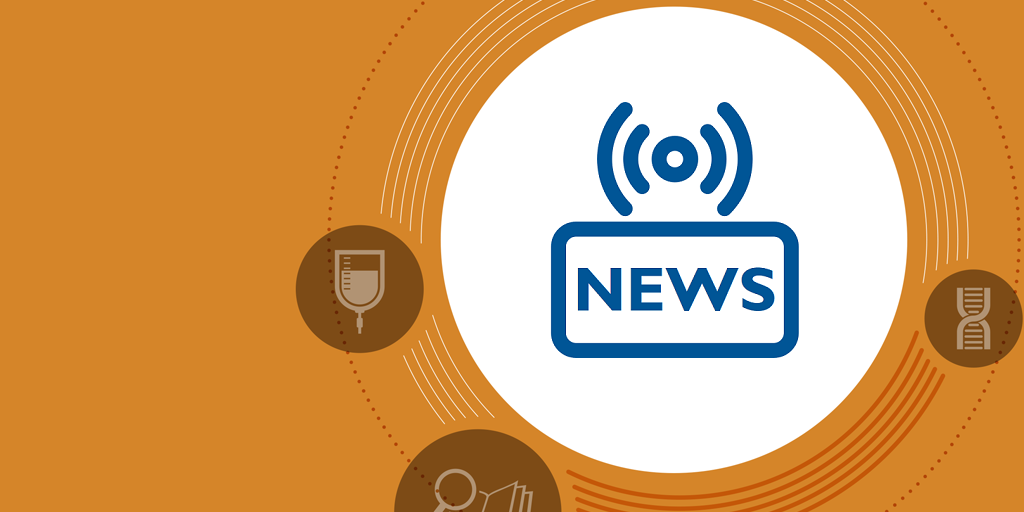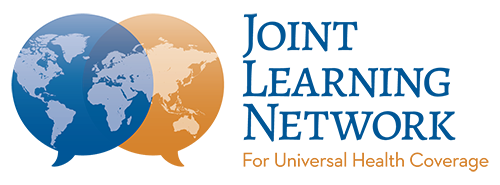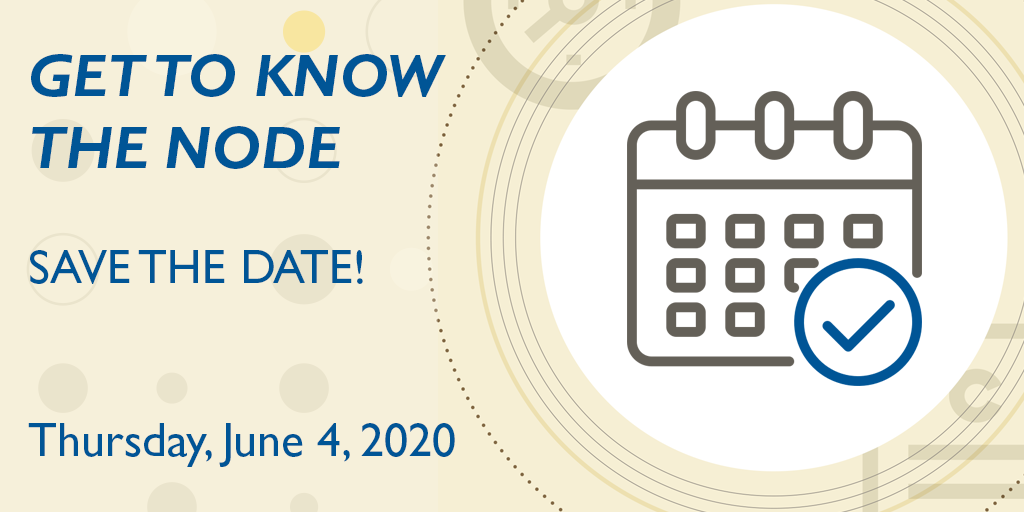Leveraging Existing Systems to Respond Effectively to the COVID-19 Pandemic

The COVID-19 pandemic has spurred a flood of innovation and technological advancements – an unprecedented amount of collaboration has occurred between individuals, communities, and organizations aspiring to curate and scale promising innovations. As vital as it is to forge a new path and to embrace creative solutions, it is as imperative to leverage the foundational infrastructure that is already in place. The wide-ranging policies and procedures that are in place prior to a public health emergency have the powerful ability to either bolster or undermine a health system’s ability to respond effectively to the crisis. During the Joint Learning Network’s Primary Health Care Financing and Payment Collaborative webinar held on June 17th, representatives from South Korea and the Philippines shared how their National Health Insurance (NHI) schemes fostered system responsiveness and flexibility – key components that contributed to greater trust in the health system’s ability to effectively respond to the COVID-19 pandemic. Three key lessons emerged on how these existing systems allowed these two countries to quickly redirect resources to high-need areas, establish designated treatment centers to isolate cases, and preserve the financial viability of providers. As countries braced for the first wave of COVID-19 cases, timing was paramount. South Korea and the Philippines social health insurance agencies acted decisively and directed resources quickly and efficiently to high-risk areas. PhilHealth, the Philippines’ single-payer system, swiftly adjusted its benefit package to accommodate for COVID-19 testing, community isolation and inpatient management for mild, moderate, severe and critical case types. The package also included non-health benefits, such as providing food and accommodation to patients in isolation which reflects the system’s ability to support the population for both prevention and treatment. As the breadth of the crisis became clear, National Insurance Schemes were able to establish designated treatment centers to isolate active and possible cases. The National Health Insurance (NHI) scheme in South Korea has provided easy access to health services. Prior to the pandemic, overutilization of health services and oversupply of equipment and facilities was a point of contention. During the pandemic, this oversupply has been an advantage to combatting COVID-19 by allowing 67 hospitals with 7,500 beds to be promptly re-designated as “infectious disease hospitals,” exclusively available for COVID-19 patients while sustaining other services through the remaining health facilities. As demand for non-COVID related health services began to decrease, both South Korea and the Philippines were able to act swiftly to preserve the financial viability of providers. Despite public funding, South Korea heavily relies on the private sector for health care delivery – more than 90% of healthcare institutions and beds belong to the private sector. Recognizing the private sector as an essential partner in health care service delivery, a prepayment system and expedited payment system was enacted to cushion providers. PhilHealth also enacted an interim reimbursement mechanism through advanced payment, quickly followed by a full reimbursement mechanism for inpatient COVID-19 services. Success of health financing arrangements and purchasing models depend on the country context; and it is imperative to consider which options would be most effective when there are stresses or extreme challenges to a health system. Equipped with a methodical national health system and consolidated purchasing power during the COVID-19 pandemic, South Korea and the Philippines were able to leverage what was already in place to swiftly protect its citizens and its health care providers during a health crisis. This post was written by Results for Development’s Nivetha Kannan and Allyson English.

